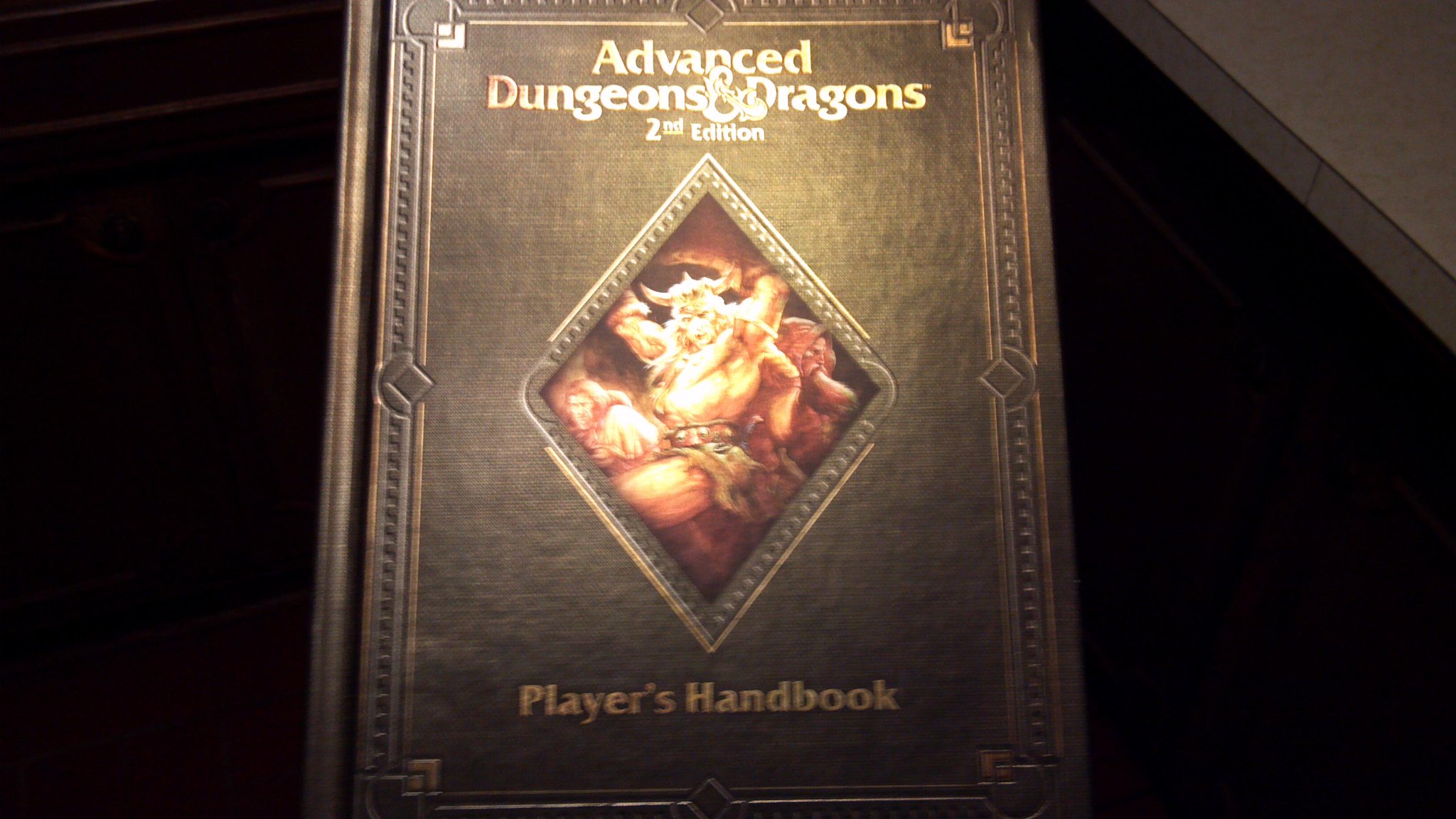Played D&D with my friend Brian, my roommate Jake, and Jake's nephew who is most likely 11 years old, or so. (I don't know how to judge the age of children.)
Brain was DM, Jake was a fighter named Wendel, I was a cleric named Clinton, and Jake's nephew was Elvor, elven sorcerer.
I had to leave right after character creation, and came back mid-game. I only experienced the conclusion of Elvor's madness, but I was told about the rest.
What follows are the events to my best knowledge.
Elvor was raised by bears? in the forest and for 100+ years unsuccessfully dealing with emotional trauma and his emerging magical powers.
At the time of the adventure's beginning, Elvor, wounded from a battle with spiders, wanders into the city-state of Cameron where he is treated for his wounds at the hospital there.
At the same time, Wendel is graduating from the city guard academy and Clinton is taking his vows as a cleric of St. Cuthbert.
King Cameron summons Wendel and Clinton as well as a recent graduate of the magic school for a mission both to celebrate our new careers and show loyalty to him. Through a case of mistaken identity, or something, Elvor is brought before the king and accepts the mission.
The mission is fairly simple: Meet a caravan at a point outside the city and escort it into town. In order to meet the caravan on time, the king suggests taking an ancient tunnel that leads out of town to the main road.
We all accept, Wendel and Clinton on ceremony, and Elvor because... well, who knows why Elvor does anything.
Clinton has other business to take care of, and sets out on his own, pledging to meet up with the his companions at the rendezvous.
Wendel and Elvor start down the old road, and shit got real.
In a battle with spiders and other nasty beasts infesting the tunnel, Elvor would immediately run away and cry, other times becoming furious with anger at seemingly nothing, all the while collecting every bone and scrap of trash he came across. At one point he kicked Wendel. For why? Who can say. But it was hard enough to do actual damage.
With rests included, what should have been a days journey through the tunnel took roughly 13 hours.
Clinton met Wendel and Elvor at the exit to the tunnel, though both were half dead and bleeding.
Clinton asked them what happened, and Wendel gave him a look that at once said, "Don't ask," and "You don't want to know."
At this point, Wendel had to know he was traveling with someone who was obviously unstable. Clinton only got his first inkling when Elvor enthusiastically offered him a bone, a bit of scale mail, and a javelin. All of which he politely declined.
The party ventured forth to find the caravan under attack by orcs, with only one defender still drawing breath. We charged in, and Clinton began his dazzling display of ineptitude with any and all weapons.
Wendel spent the battle slaughtering things, as a good fighter does, all the while enduring the screams of Elvor who kept claiming that certain orcs were "his prey" and that if anyone else attacked or killed them it was unfair. To his credit, Elvor did punch one orc's head in, he also cast some magic.
The battle with the orcs eventually caught the attention of a manticore, which was quickly and valiantly defeated.
In the aftermath, Elvor removed a wing from the dead beast and spent some time waving it around trying to fly while the rest of the party got the wagons ready to go and learned that the entire caravan team had been slaughtered during the 13 hour delay.
The goods seemed to be intact.
It was then that Elvor declared the quest to be over, and set about stabbing the one surviving defender of the caravan team, and he very nearly did kill her before Wendel and Clinton could cut him down and kicked his teeth in.
His dying words? "At least I stopped you from completing your mission..."
Clinton took the on-deaths-door caravan defending and one of the horses and road to town with all haste while Wendel strung the wagons up and made his way to town.
The mission was something of a success. The survivor of the caravan survived. Turns out she was the king's niece. All the goods from the caravan were saved, but everyone else died.
Elvor was certainly crazy. All he sought was chaos, and that's what he got. His emotions, tactics, and alliances all turned on a dime. The only constant was his enthusiasm.
All of us were bewildered and a bit unsettled by the experience. Few times have any of us, as players, ever witnessed a turn like that in a game. Our characters, should they ever adventure again, will most definitely have trust issues and the memories of those wagons full of butchered bodies will no doubt haunt them forever.








